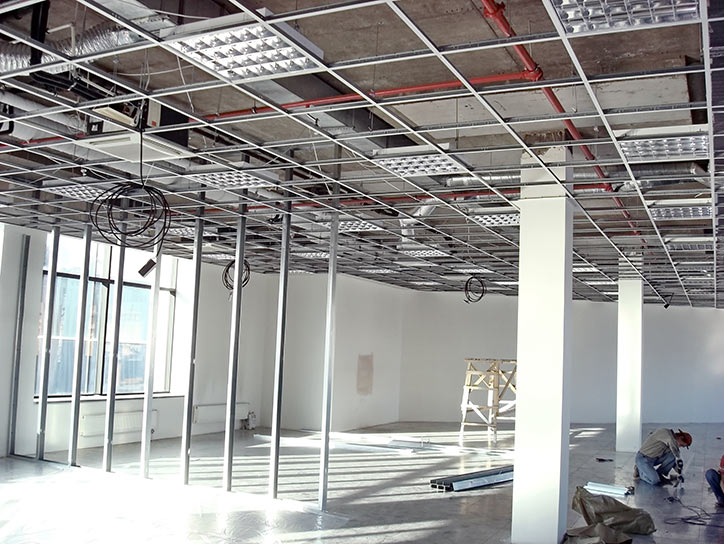Cracks In Plaster Walls - When to worry
You do not have to worry when the cracks are small in size. If the cracks are below 3mm, it is probably a minor settling issue or a result of drying/shrinkage. There is nothing to worry about in such conditions. It would help if you did the quick fixes. However, the larger the opening of the cracks, the worse it may be.
You can measure the cracks using a measuring tape and noting down the distance between each hole.
Hairline Small cracks: Nothing to worry about
Hairline small cracks in vertical lines are not a problem you should be concerned about in your house. It can be a result of a settling issue or a swift weather-changing pattern.
Vertical or horizontal cracks:
If the cracks at your place are such that they are horizontal or vertical, it may be due to drying or shrinkage of the material. Such cracks are commonplace after new construction. These problems are not considered dangerous or distressing.
Jagged pattern cracks:
The jagged pattern cracks can be a cause of concern if they are large. These may be caused due to structural movements caused by a depression of foundation. It can also result due to uneven settling issues. The best way to deal with such problems is to call a professional builder and look into the matter.
Staircase steps patterned cracks:
The stairsteps patterned cracks are a cause of concern if they are wide and long. It may be a result of the substantial settling or movement of the structure. Such gaps can also be due to the heaving of one side of the floor.
It is always safer to have a detailed inspection and report from an expert builder and investigator.
45 Degree Pattern Crack:
These cracks can be hauntingly dangerous, especially if they seem to be like dividing the wall into two parts. The problem can result from multiple issues like settling or heaving. However, it may be an indication that settling is going too far. It’s always better to prepare yourself mentally for repairs or reconstruction of the house in such cases.
When to worry?
Wider and larger cracks are a reason to worry. You should always check your cracks for location, size, and direction. If the crack is more than 6mm, it is probably something to worry about when the cracks grow larger.
It would help if you also looked for the direction and location of the crack. If the crack is closer to the roof and it separates the wall and ceiling, it may result in a falling roof.
Also, look for signs of dampness like discolouration of walls and cracks. In such a situation, your house may have a water infiltration or seepage problem.
All these situations are real-time problems when you need an expert.
Plaster Repairs: A DIY guide for the home and office
If you have plaster walls, it’s essential to keep them maintained. Keeping your walls in good condition is much easier when done regularly than waiting until there are problems with cracks or holes that need to be filled in.
Suspended Ceilings: What Are They?
Suspended Ceilings: What Are They? A suspended ceiling is a type of suspended structure that divides space into different levels. This suspended ceiling usually consists of several lengths of metal or wooden beams and horizontal surfaces suspended from the top, with columns in between to support each beam at regular intervals. Suspended ceilings are also […]
Reasons Behind The Cracks In Your Plaster
Reasons Behind The Cracks In Your Plaster Whenever structural elements get subjected to load, internal or external, and when the stresses exceed the permissible limits of pressure for that particular material upon which it’s constructed. This will lead to cracks in the structure and potentially catastrophic failures if not dealt with immediately. All houses should be designed […]




